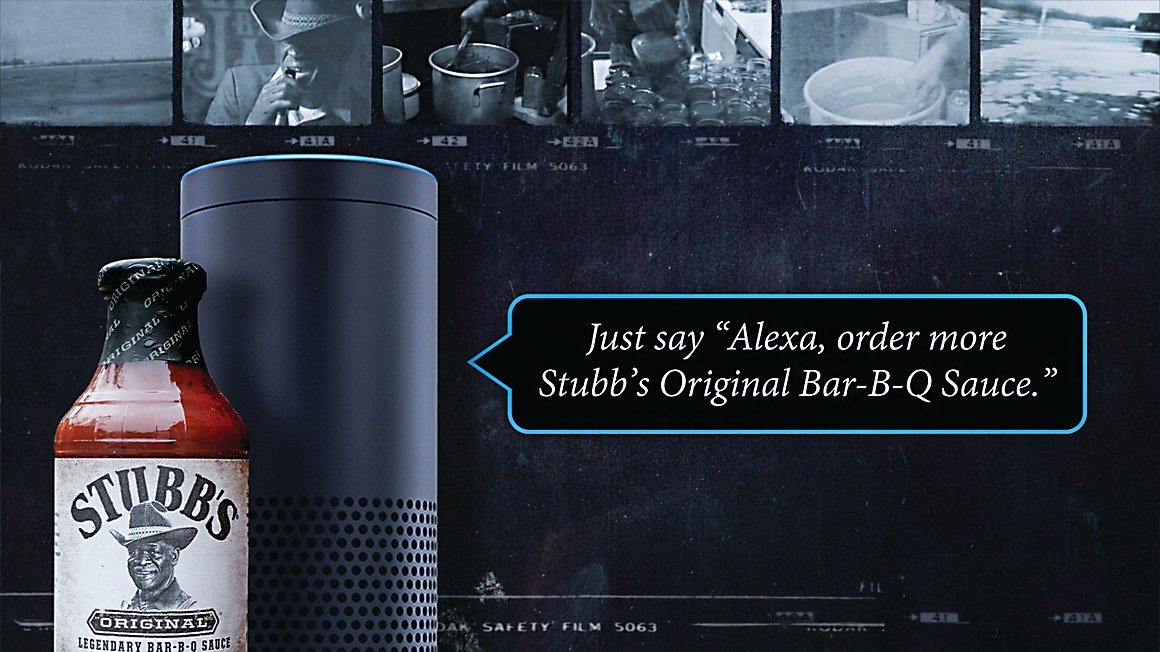What makes a good podcast? How about a great podcast? In this episode, Emily and Steve discuss the best ways to create a valuable message to grow your podcast audience as well as how companies should be approaching podcasting as a new form of content marketing. They also discuss emerging opportunities with audio content and voice assistants like Alexa, Google Assistant, and Siri.
064 - Jason Fields: Combining Voice and Visuals - Multimodal
Hear this podcast anywhere:
Jason Fields, Chief Strategy Officer, Voicify
Jason Fields is Chief Strategy Officer at Voicify, a top CMS (content management system) for designing voice experiences on Alexa and Google Assistant. Jason and Emily discussed the meaning of multimodal design for voice assistants and why this kind of conversation design matters. How can brands create experiences for customers to interact with a voice assistant from different devices with varying screen sizes or no screen at all? It’s all about context.
Overall, the question becomes: How do we connect and organize a variety of communicable assets in a way that meets basic (and reasonable) audience expectations? Jason and Voicify have created a free downloadable guide about modality for brands.
Topics:
Amazon Echo Show 5 - an entry level multimodal smart speaker (voice + visual)
Multimodality in voice experiences
Johnnie Walker tasting Alexa skill - good example
Saucony is doing a nice job in audio responses and visual components with emotive vs instructive images in specific parts of the conversation (this is sensitivity to multimodality)
Images should match the conversation tone (e.g. a dispassionate conversation about product features should be accompanied by a feature set image, not models wearing the product out in the world)
“How do I get to your store?” should show a map - seems obvious but isn’t being done often enough
Use case for multimodal experiences: a woman getting ready for a flight. The experience could contain or present information to assist customer with: packing, organizing, car service, check flight time, traffic, terminal location, gate, TSA status, etc. - all the devices information can be displayed should take advantage of screen space and contextual data such as location.
Voicify can detect type of voice assistant device (such as Echo Auto or smart TV or mobile phone or smart watch) and respond appropriately based on context and device, even offering secondary information such as gate update
Key: suss out what information is most useful to user at that moment and how best to present it visually and with sound: first, map user intention
Brands have been assembling digital assets for twenty years: we have vast libraries so it should be simple to assign a framework to these assets
Jason’s podcast recommendation: Armchair Expert with Dax Shepard
Connect with Jason and Voicify:
Twitter: @Voicify
045 - Hearables and the Future of Audible Social Media - Dave Kemp
Dave Kemp from Oaktree Products is an expert on hearables, which are smart, wireless in-ear devices such as AirPods. And they’re probably the future of voice, more so than smart speakers.
Dave and Emily talked about ambient computing from Alexa to wearables to the connected car. And interestingly we touched on the dire need for curated content to replace the noisy and overwhelming experience of social media today. Plus, hear how Alexa Flash Briefing might be the first iteration of that improved content experience.
AirPods are Apple's most popular accessory product, with 35 million units sold in 2018 alone.
Topics and timestamps:
Hearables including AirPods and competitor products such as Samsung Galaxy Buds, Pixel Buds, Microsoft Surface headset
5:10 Amazon hearables in late half of 2019 (competitor to AirPods)
Apple's new H1 chip in v2 AirPods shows that Apple is dedicated to AirPods for the long term (beyond using the W1 chip from Apple Watch), now AirPods have their own chip architecture just for hearables
First application is "Hey Siri" activation (no tapping required)
7:10 Bret Kinsella helped people visualize importance of the smart speaker as training wheels, a conditional device to make people comfortable with the voice assistant, offloading smartphone related tasks to VAs. But hearables are really riding the bike.
The near-field voice assistant is key (smart speakers like the Amazon Echo and Google Home and Apple HomePod are far field)
9:00 We have to recognize there has been a dramatic behavioral shift since 2016
It has becomes socially acceptable to wear in-ear devices all the time
9:20 Form factors are developing: earrings (fashionable hearables) and Bose AR frames with speakers near the ear could be the future
9:40 Hearing aids as a form factor allow for usage that is super discreet - moving away from stigma today and to all-day usage
Passively consuming content while synced to digital environment - all day usage is plausible
10:30 Emily's Bluetooth headache - how can we minimize exposure to EMFs from a health standpoint?
11:00 AirPods case could become the receiver vs streaming content from phone to AirPods. Content could be housed in the AirPod case and streamed in a lower bandwidth from the edge vs the cloud.
11:20 Outfitting our bodies with technology - what are the health implications for heavy EMFs (Electric and magnetic fields (EMFs) are invisible areas of energy, often referred to as radiation) - hear a quick Flash Briefing about why EMFs are a problem - TBD…
12:25 Flash Briefing and passive consumption of content
Flash Briefing is a gem
Dave’s Flash Briefing (Future Ear Radio) is his daily blog post on futurear.co then the briefing is a 60 second tease about the blog post (a promotional vehicle to his blog post)
Flash Briefing should be the star of the smart speaker - such a powerful use case
14:00 This is the precursor to audio social media, consuming on demand the content you want to consume from your favorite sources (curated feed)
Amazon should be featuring Flash Briefing more but now it's relegated to the Settings area of the Alexa app
How can we put the Flash Briefing idea on other platforms?
15:15 We are so overwhelmed with social media- what if you could Google Reader / RSS all that content?
Ways to better curate your attention and cut out the noise
We love Twitter but it requires so much parsing - what does the future hold and how can voicefirst make passive content consumption better?
Get in touch with Dave Kemp:
TRINITY AUDIO!
Thank you to our sponsor, Trinity Audio. I added the Trinity Audio player to my blog on beetlemoment.com and within two weeks I saw a 16% increase in my engagement rate. See how the audio player works here on my blog.
Anyone with a website can add the FREE Trinity Audio player to your text with one short snippet of code. It’s drop dead simple and it looks good.
It’s a win-win for content creators and site visitors. Meet your audience where they’re headed: a voice first world. Get started at trinityaudio.ai
016 - Voice Marketing from Stubb's BBQ (Alexa Skill)
Neat use of real warm audio - true voice of a brand - that offers novelty, fun, and some utility. Good example of early voice marketing. Playful and I like that it’s based on archival material.
Example of CPG (consumer packaged good) product marketing on voice with “Alexa, order more Stubb’s Original Bar-B-Q Sauce”). Note: Tested and still working in December 2021!
Stubb’s Legendary Bar-B-Q Sauce was created by the west Texas barbecue hero and beloved Stubb’s founder, C.B. Stubblefield. Now Stubb has his own Alexa skill. The “Ask Stubb” skill pieces together past voice recordings of Stubblefield to bring recipes, stories, cooking tips, BBQ tunes, and some larger than life personality to Alexa users, straight from the man behind the brand.
December 6, 2021 update from Emily:
The Ask Stubb Alexa Skill appears to be down and no longer updated but you can see the skill page here and check out the marketing ideas, which are still solid and IMO should be revived and shared. Doing this in 2018 was pretty ahead of the game and today it would even be beneficial to simply promote the hands-free add to cart phrase below.
Ask Stubb is an Alexa Skill promoting Stubb’s BBQ Sauce and featuring recipes and archival audio
Skill created by Proof Advertising in Austin.
•” The skill includes ten tips, more than 20 recipes and a few of Stubb’s favorite songs.
• Users can order Stubb’s Bar-B-Q sauce directly from the skill.
• After the first week of launch, Ask Stubb was featured as a popular skill on the Alexa Skills Store.” -via CommArts
Takeaway:
With Alexa skills and voice right now, done is better than perfect. Establish a presence like this because this is all leading toward voice search optimization on Amazon, one of the largest search engines. Stubb's will ultimately sell more BBQ sauce because of this. In this case, it’s content marketing to drive ecommerce through voice.
Like it?
If you enjoyed this podcast please leave a review on Apple Podcasts (I'd really appreciate your feedback!). Tweet me @emilybinder and let me know what you think.
OUR SPONSOR:
Brought to you by our friends at Pippa. Pippa is the simplest, smartest way to share your podcast (or Flash Briefing). Visit Pippa.io to get started. <— Get a $25 Amazon gift card with my link.









